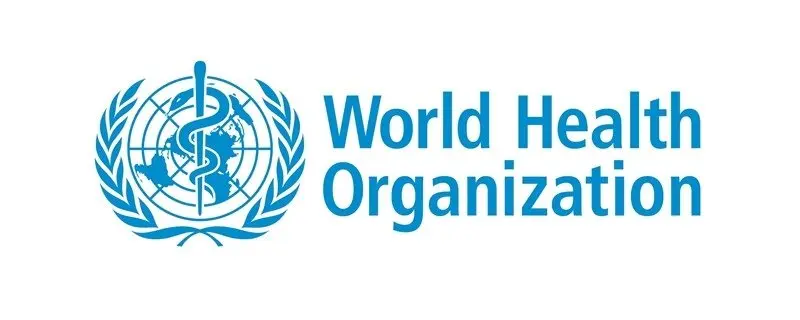By Haruna Gimba
New data from the World Health Organization (WHO) and United Nations Children’s Fund (UNICEF), reveal signs of immunisation services rebounding in some countries, but coverage still falls short of pre-pandemic levels, particularly in low-income countries, putting children at grave risk of disease outbreaks.
Global immunisation services reached four million more children in 2022, compared with the previous year as countries increase efforts meant to combat the historic backsliding in immunisation triggered by the COVID-19 pandemic.
Millions missing out
Data published by the UN agencies on Monday reveal that, in 2022, 20.5 million children failed to receive one or more diphtheria, tetanus, and pertussis (DTP) vaccines, compared to 24.4 million children in 2021. DTP vaccinations are commonly used as the global indicator of immunisation coverage.
Despite the improvement, this figure is still more than the 18.4 million children who failed to receive one or more vaccines in 2019, before pandemic-related disruptions to routine immunisation services kicked in.
“These data are encouraging, and a tribute to those who have worked so hard to restore life-saving immunisation services after two years of sustained decline in immunisation coverage,” said Tedros Adhanom Ghebreyesus, WHO Director-General.
“But global and regional averages don’t tell the whole story and mask severe and persistent inequities. When countries and regions lag, children pay the price.”
Worrying disparities
The early stages of recovery in immunisation rates have not occurred equally. Progress in well-resourced countries with large infant populations such as India and Indonesia, masks slower recovery rates, or even continued declines, in middle and low-income countries.
Of the 73 countries that recorded substantial declines in coverage, 15 have recovered to pre-pandemic levels, 24 are on the road to recovery and, most concerningly, 34 have stagnated or continued to decline, said the agencies.
Measles shots trailing
Vaccination against measles, one of the most infectious of pathogens, has not recovered as well as other vaccines.
Last year, 21.9 million children – 2.7 million more than in 2019 – missed the routine measles vaccination in their first year of life, while an additional 13.3 million did not receive their second dose. This has placed children in under-vaccinated communities at heightened risk of outbreaks.
Data indicates countries with sustained immunisation coverage in the years before the pandemic have been better able to stabilise services.
South Asia, which reported gradual increases in coverage in the decade prior to the pandemic, has demonstrated a more rapid and robust recovery than regions that suffered declines, such as Latin America and the Caribbean.
The African region, which is lagging behind in its recovery, faces an extra challenge posed by population growth. As population size increases, countries must scale up immunisation services to maintain adequate coverage levels.
Reversing the trend
With support from Gavi, the Vaccine Alliance, DTP3 vaccine coverage in the 57 lower-income countries increased from 78 per cent in 2021 to 81 per cent in 2022, with the number of zero-dose children dropping by two million in the same period.
The increase in DTP3 coverage in Gavi-implementing countries was primarily concentrated in lower middle-income countries, however, with many low-income countries not yet increasing coverage.
“It is incredibly reassuring, after the massive disruption wrought by the pandemic, to see routine immunisation making such a strong recovery in Gavi-supported countries, especially in terms of reducing the number of zero-dose children,” said Dr. Seth Berkley, CEO of Gavi, the Vaccine Alliance.
“However, it is also clear from this important study that we need to find ways of helping every country protect their people, otherwise we run the risk of two tracks emerging, with larger, lower-middle-income countries outpacing the rest.”
For the first time since the COVID-19 pandemic, HPV vaccination coverage has surpassed pre-pandemic levels. HPV vaccination programmes that began pre-pandemic reached the same number of girls in 2022 as in 2019.
International effort
Many stakeholders are working to improve routine immunisation services across regions. In 2023, WHO and UNICEF, along with Gavi, The Bill & Melinda Gates Foundation, and other IA2030 partners launched “The Big Catch-Up,” a global communications and advocacy push calling on governments to reach children who missed out due to COVID-19.
The movement aims to secure financing for immunisations, develop new policies to assist children born during or just prior to the pandemic, strengthen routine services particularly among marginalised children, and build vaccine confidence and acceptance.
“Beneath the positive trend lies a grave warning,” said UNICEF Executive Director Catherine Russell.
“Until more countries mend the gaps in routine immunisation coverage, children everywhere will remain at risk of contracting and dying from diseases we can prevent. Viruses like measles do not recognise borders. Efforts must urgently be strengthened to catch up children who missed their vaccination, while restoring and further improving immunisation services from pre-pandemic levels.”




